
Since the project launched in October 2020 the partners have been busy working on tasks such as analysis, development of 3D models, and selection of severe accident sequences to name a few!

Work Package 1 – Critical review
The concept behind AMHYCO is the need to upgrade the current SAMGs applied in the EU reactor fleet with the most updated understanding on combustible gas behaviour. Part of this knowledge will be generated within the project by articulating, in a concerted way, the nuclear safety tools used worldwide with the most advanced simulation techniques and specific experimentation on scenarios where analytical methodologies are not yet reliable enough .
A critical review of the available literature regarding (1) PAR efficiency under ex-vessel conditions, (2) existing PWR Emergency Operating Procedures (EOPs) and SAMGs regarding containment risk management (3) H2/CO combustion and the available engineering correlations for combustion risk estimation, and (4) equipment and instrumentation surveillance under severe accident conditions has been performed. This review highlighted the need of additional investigation to address the PARs poisoning mechanism and their efficiency in severe accident late phases. Moreover, the lack of knowledge regarding flammability limits and flame acceleration and detonability criteria has been pointed out. Regarding SAMGs, the review underlines the need to extend the used requirements and procedures to late phases. Concerning safety components and instruments, the review indicates that the “survivability” assessment methodologies are still not consolidated in any official standard.

Work Package 2 – Selection of severe accident sequences
One of the main pillars to conduct the work on the interaction with safety systems is to properly characterise scenarios that might threaten containment integrity in Pressurized Water Reactors. This is the main goal of WP2 (Work Package 2).
With that purpose, during the first year of the project WP2 partners agreed on the criteria that will be used to pick accident sequences and on Figures Of Merit (FOMs) to characterise them, from the standpoint of combustible gases, taking into consideration: a thorough characterisation of each scenario, estimation of boundary conditions that might be of interest for the experimental studies ongoing in WP3 (described below) and indispensable information to conduct containment analyses with lumped parameter codes, 3D containment codes, and even computational fluid-dynamic codes. The calculation phase has already started, and partners are foreseen to have their preliminary results at the time this short description is being written. The results will be framed in a sort of “severe accident sequences database”, where all the calculations are planned to be stored.
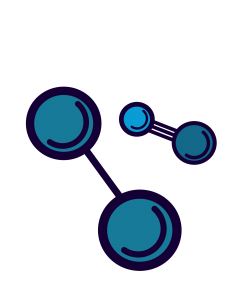
Work Package 3 – Experimental Investigations
The experimental characterisation of the combustion regimes that may occur during the late phase accident has started in BS-I, BS-III and ENACCEF-II: the flammability limits, laminar, and turbulent flames are assessed for normal air and under oxygen starvation conditions. The first experiments in ENACCEF-II have begun to determine the limit between fast and slow flames.
The experimental program on PAR operation in severe accident atmosphere has started in the REKO facilities. Correlations between carbon monoxide concentration and threshold catalyst temperature for catalyst poisoning under oxygen starvation conditions for Pt and Pd-based catalysts are currently being investigated. The results will be used to design the full scale catalyst tests and for starting the model development activity.

Work Package 4 – Full containment analysis
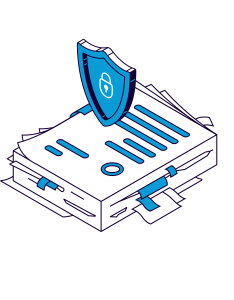
Work Package 5 – Enhancement of Severe Accident Management Guidelines

Work Package 6 – Dissemination, Communication, Education and Training, Work Package 7 – Project coordination and management & Work Package 8 – Ethics requirements
The AMHYCO visual identity (including logo, font and colour scheme, and detailed communication and dissemination strategy (D6.1) were created for the project to support outreach activities.
The AMHYCO website (D6.2) was launched in January 2021. The goals, partners, project organisation, and an introduction of nuclear safety and the SAMG are described with the aim to educate and inform audiences.
Regarding the coordination tasks, the main challenge for this first year has been the COVID-19 situation, which has impact on some task and the communications within the AMHYCO partners have been purely online. From now on, in-person meetings are being planned once the main restrictions are slowly changing in Europe




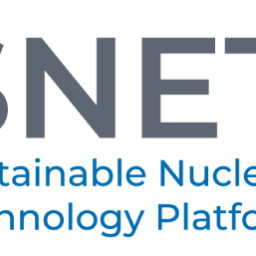



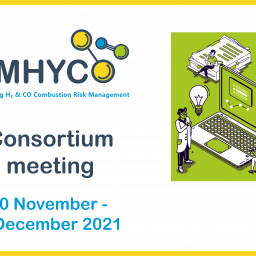

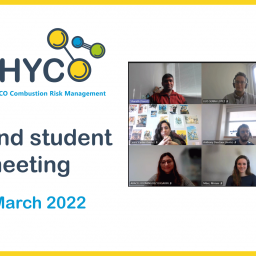





[…] AMHYCO News Events 6 December 2021 On 30 November and 1 December the AMHYCO partners and Advisory Board members participated in a consortium meeting to discuss the project’s progress and next steps. […]